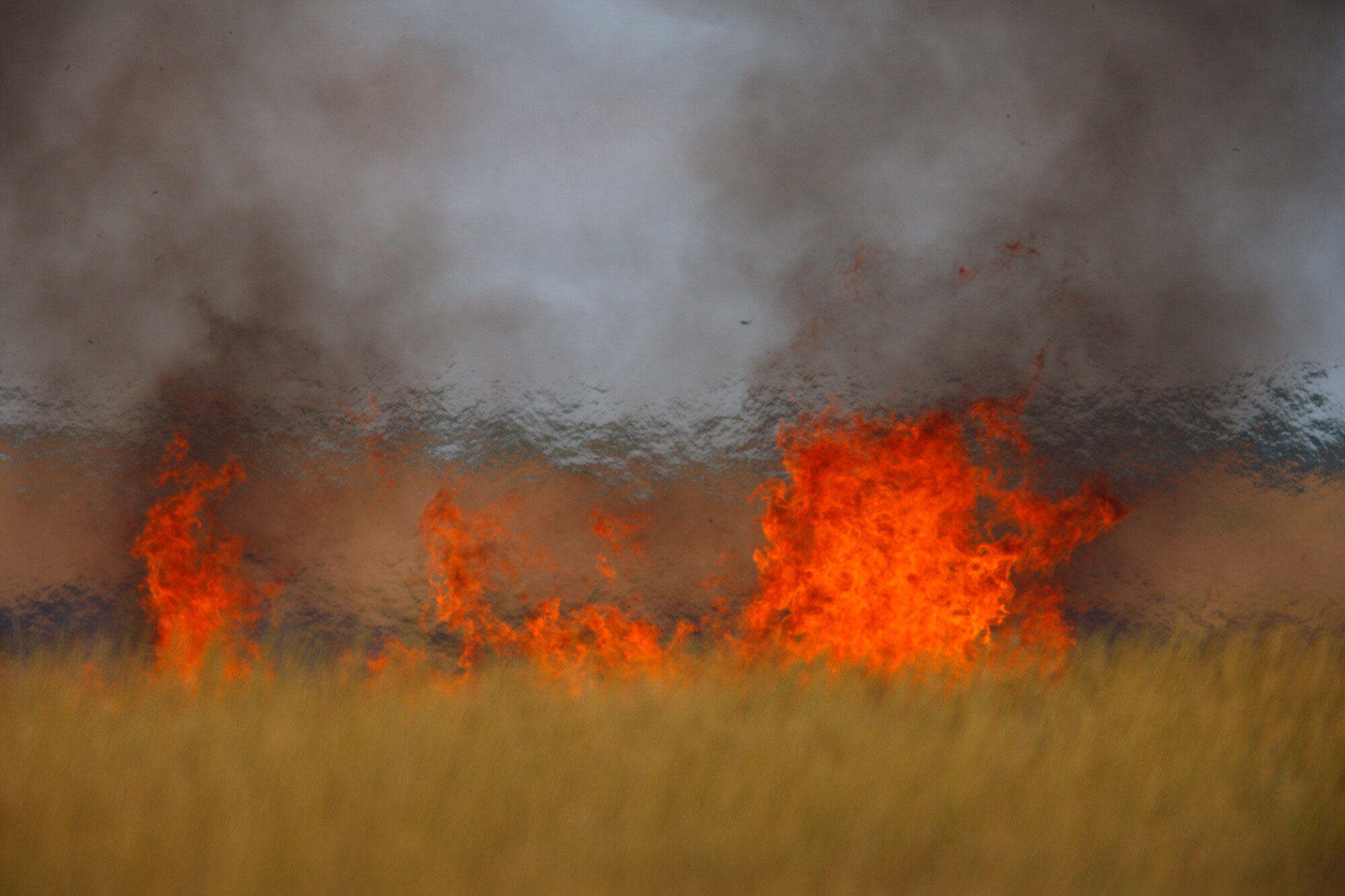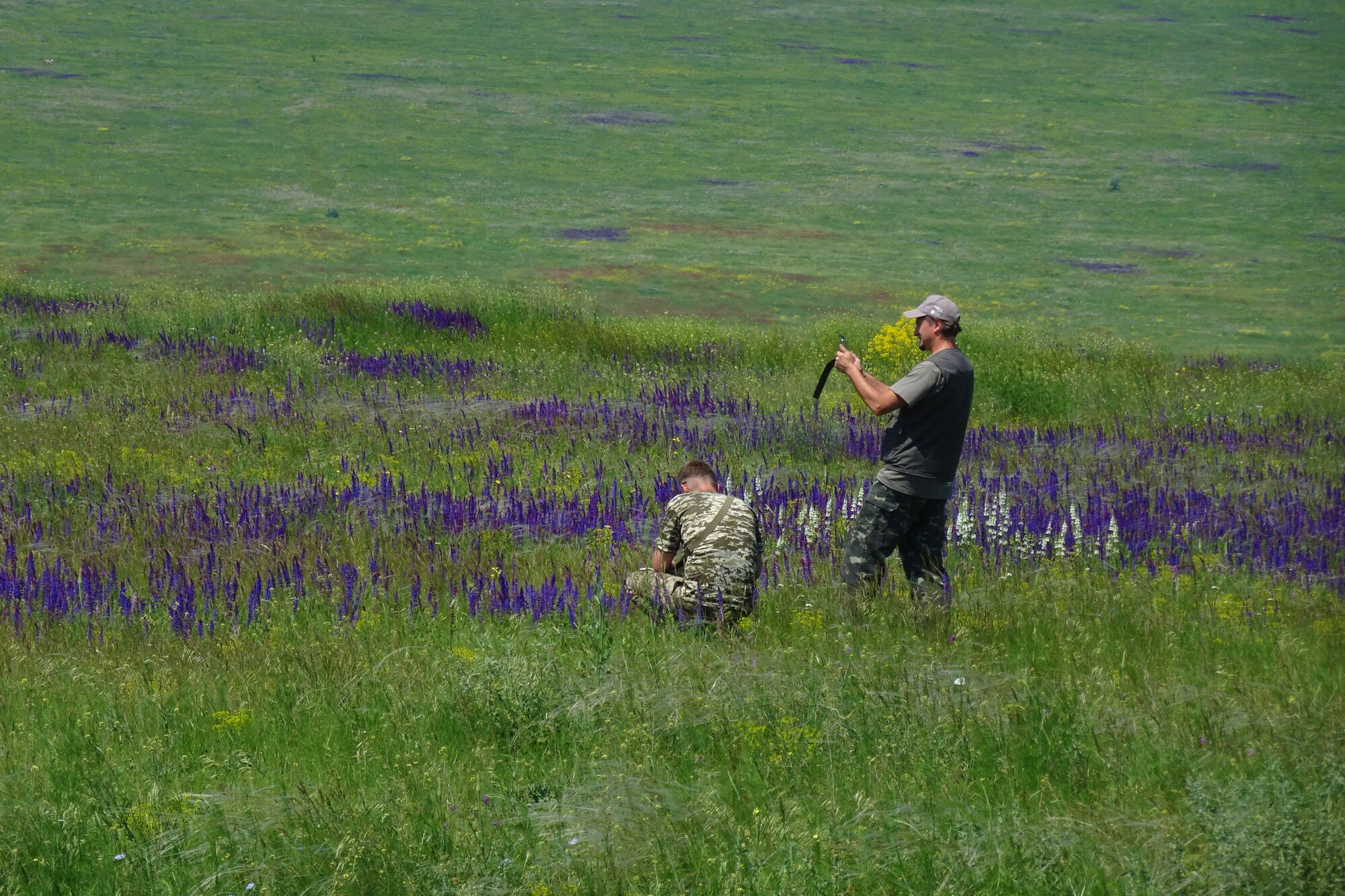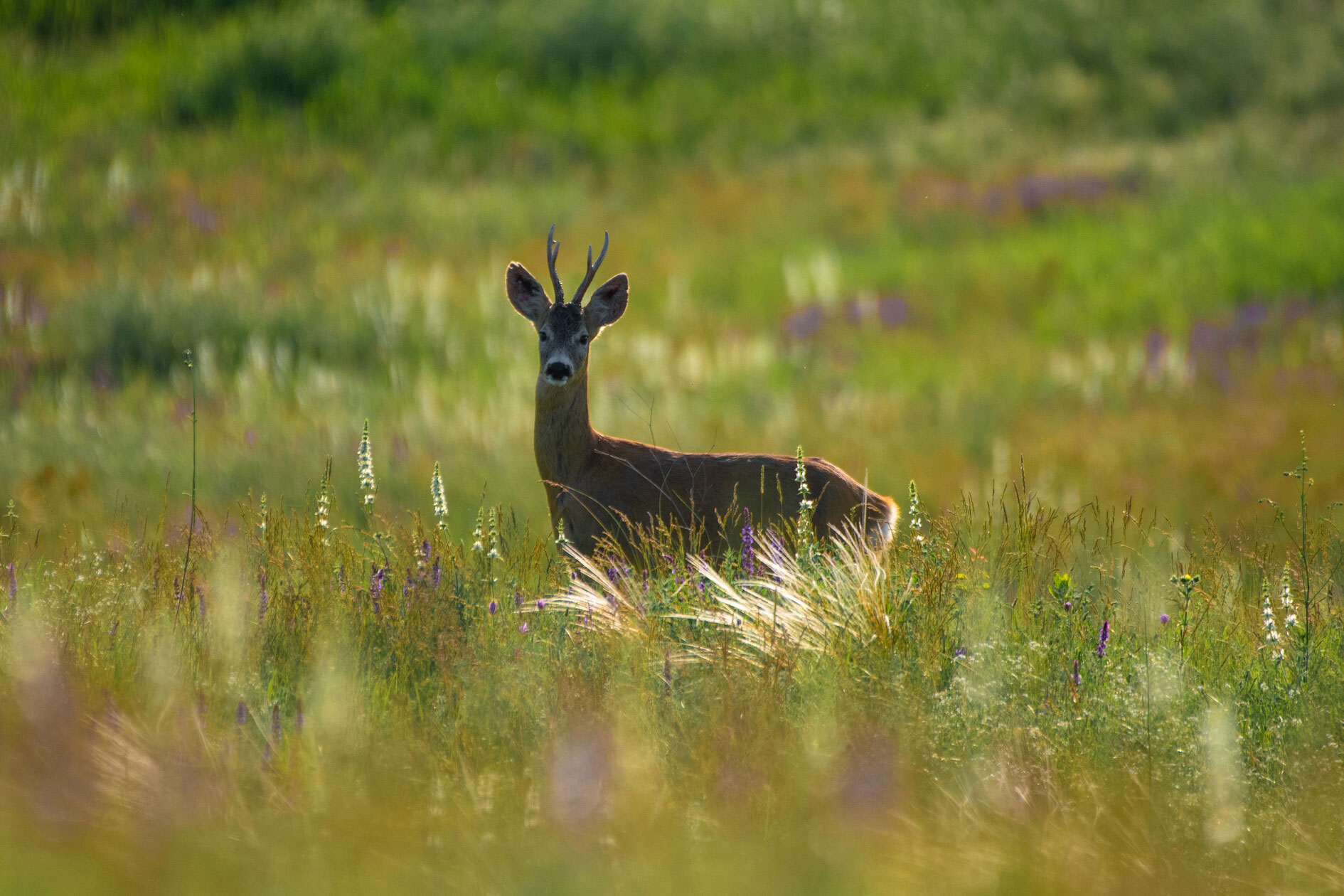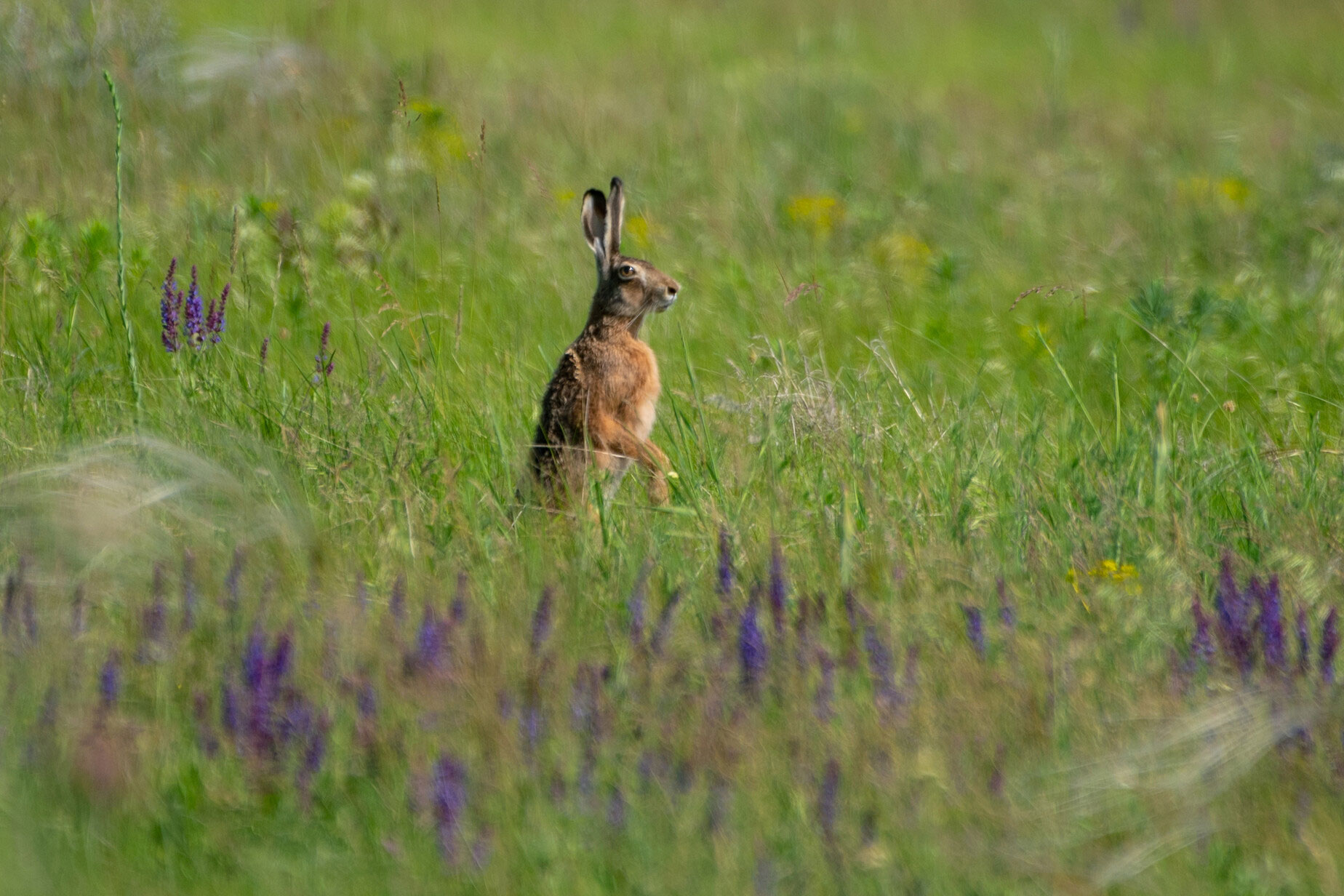Across the world, grasslands play a vital role absorbing and locking up carbon in their vegetation and soils. Recent research from the Tarutino Steppe in Ukraine shows how rewilding can revitalise grasslands, improving soil fertility and enhancing their carbon storage potential.
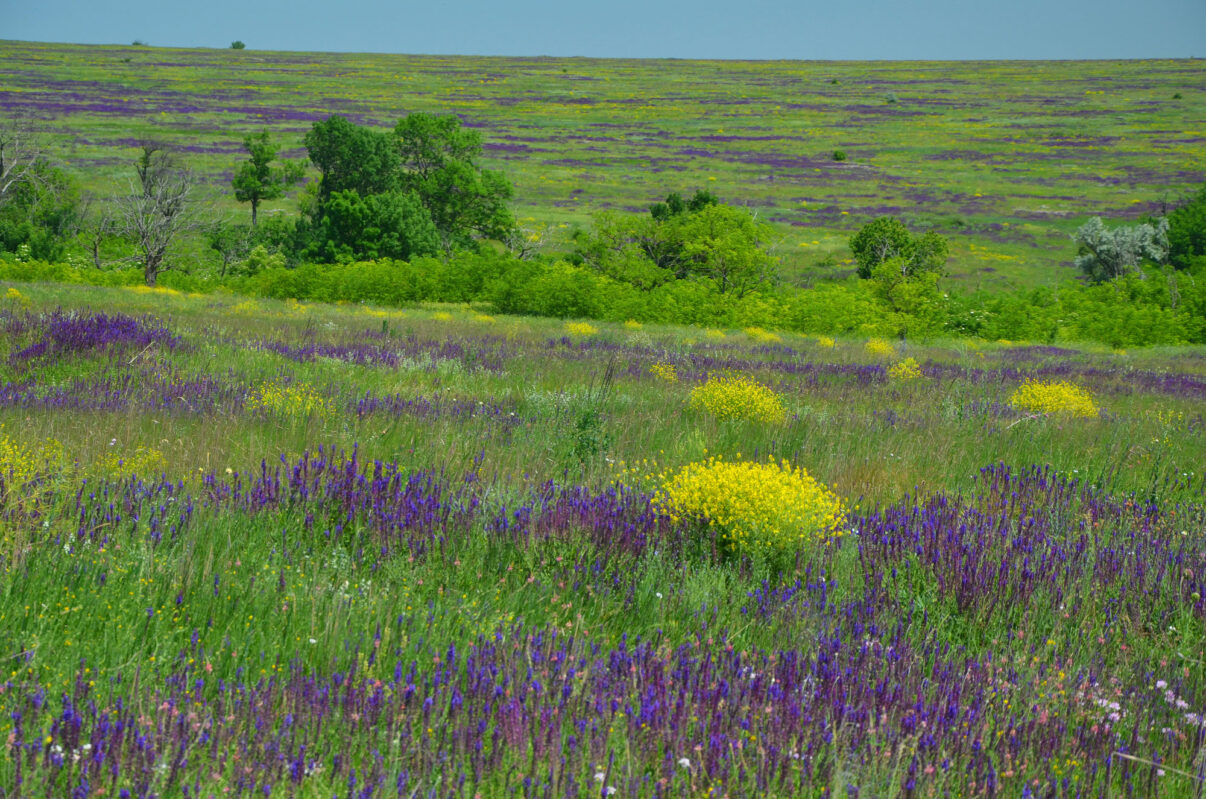
The Tarutino Steppe: a carbon-rich ecosystem
As part of the extended Danube Delta rewilding landscape, the Tarutino Steppe is one of the last and best preserved pieces of steppe left in Ukraine and Europe. This 6000-hectare expanse of gently rolling grassland is characterised by fertile, carbon-rich, erosion-resistant soils, but the way land is used here strongly shapes how much carbon is stored and where. Steppe soils are some of the most productive soils in the world, which is why the vast majority of European steppe areas have been lost to agriculture.
With critical funding supplied by the Endangered Landscapes & Seascapes Programme, the Rewilding Ukraine team are working to create a wilder Tarutino Steppe governed by natural processes. They have restored parts of the steppe that were illegally ploughed, and have reintroduced free-roaming wild herbivores such as fallow deer and kulan (Asiatic wild ass). A report compiled by research scientists from the Askania-Nova Biosphere Reserve and the Institute of Botany in Kyiv shows how these efforts are promoting soil health and carbon storage — and thereby having a positive climate impact.
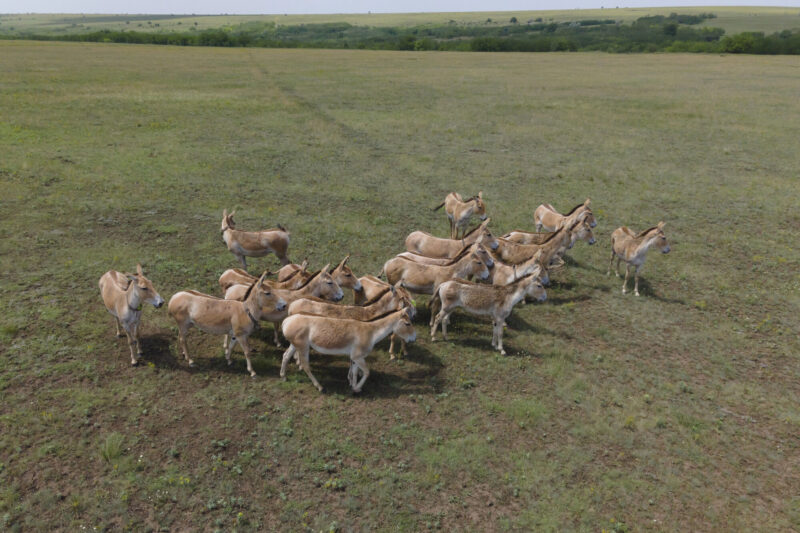
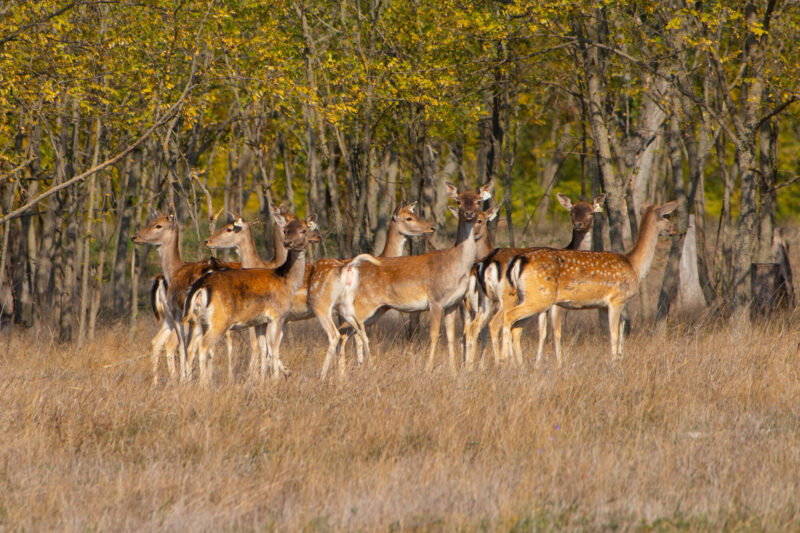
Rewilding enhances grassland health
While most of the Tarutino Steppe is currently protected, some parts were formerly used for agriculture. The researchers who compiled the report used a variety of techniques to study different parts of the steppe with varying ecological conditions — from untouched steppe and areas grazed at low intensity by free-roaming herbivores, to ploughed or mowed farmland, intensively grazed steppe, and areas that have repeatedly burned in recent times due to wildfire outbreaks. While wildfires are a natural process that help to shape grasslands and increase biodiversity, extreme weather caused by climate change — coupled with other factors such as land use change and human ignition — mean such outbreaks are becoming unnaturally frequent and intense.
The scientists found that areas of the steppe that are grazed by wild herbivores, with minimal human disturbance, had the healthiest soils — with higher moisture, a balanced pH (7–8), and the most carbon stored. Those areas that had been repeatedly burned or intensively ploughed for agriculture were found to have the poorest soils, with the highest levels of carbon loss. Soils with rich plant cover also had higher levels of dissolved and labile organic carbon — the easily decomposable part of soil carbon that fuels microbes and supports fertility.
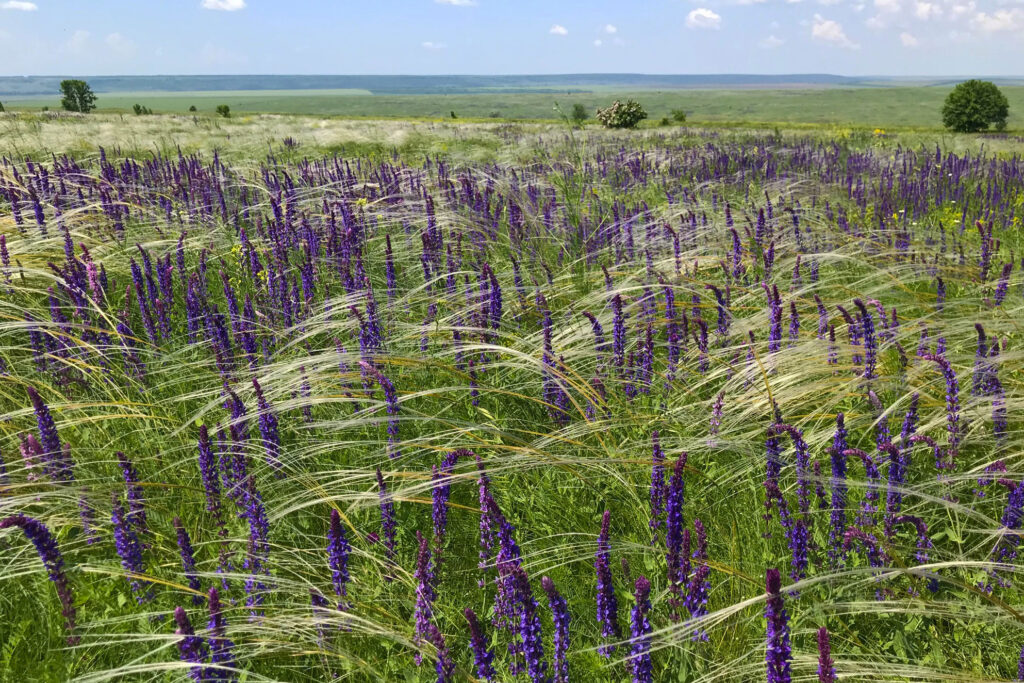
The best way forward
The overall conclusion is that the best way to maintain soil carbon and ecosystem health on the Tarutino Steppe is to support low-intensity grazing, while at the same time trying to prevent unnaturally frequent and severe and frequent wildfire outbreaks and avoiding intensive agricultural techniques such as ploughing.
“The needs of local people still need to be taken into account,” says Rewilding Ukraine Executive Director Mykhailo Nesterenko. “Sustainable mowing proved the second best way of using the steppe grasslands. This is an important economic activity for many communities and could be a much preferred alternative to crop production and intense overgrazing.”
“The report confirms that we are doing the right things by reintroducing wild herbivores and restoring parts of the steppe that were damaged by ploughing,” adds Rewilding Ukraine rewilding officer Oleg Dyakov. “The results also lay the groundwork for determining the economic potential of healthy areas of the Tarutino Steppe, which in the future will provide an opportunity for local communities to generate income from rewilding and nature recovery via the international carbon market.”
The bigger picture: climate, carbon and grasslands
Carbon is the element of life — it builds our DNA, fuels our food systems, and keeps Earth’s climate stable. Yet human activities have disrupted this delicate balance. Driven by the burning of fossil fuels, atmospheric carbon dioxide (CO₂) has now reached levels unseen in four million years, pushing our planet towards an accelerating climate catastrophe.
The rewilding of forests and grasslands — which enhances their ability to draw down and store CO₂ from the atmosphere — can and should play a key role in helping to bring climate change to a halt. While forests can store more above-ground carbon than grasslands due to their larger volume of vegetation, grasslands are often more reliable and resilient carbon sinks because they store about 90% of their carbon underground in deep soils, which are less vulnerable to release from events such as wildfires, pests, and disease. Estimates suggest that healthy, biodiverse grasslands currently hold between 15 and 30% of the world’s terrestrial carbon in their soils. In this way, “old-growth grasslands” are the counterpart of “old-growth forests”.
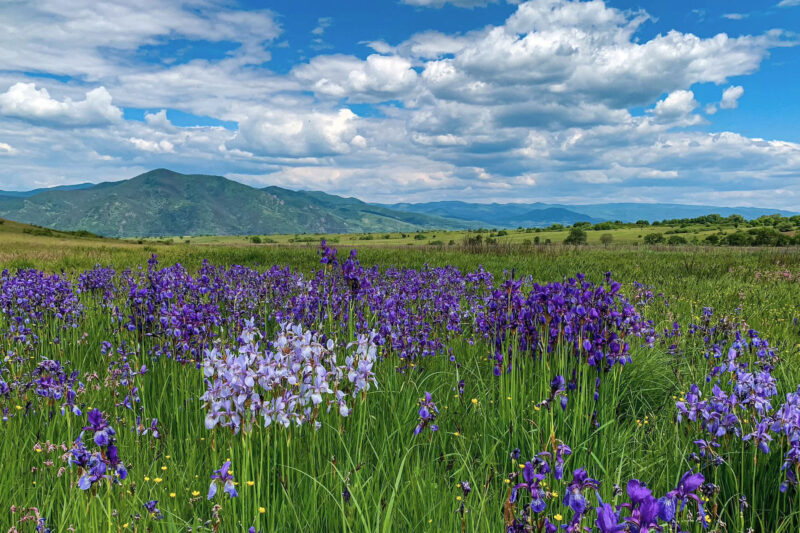
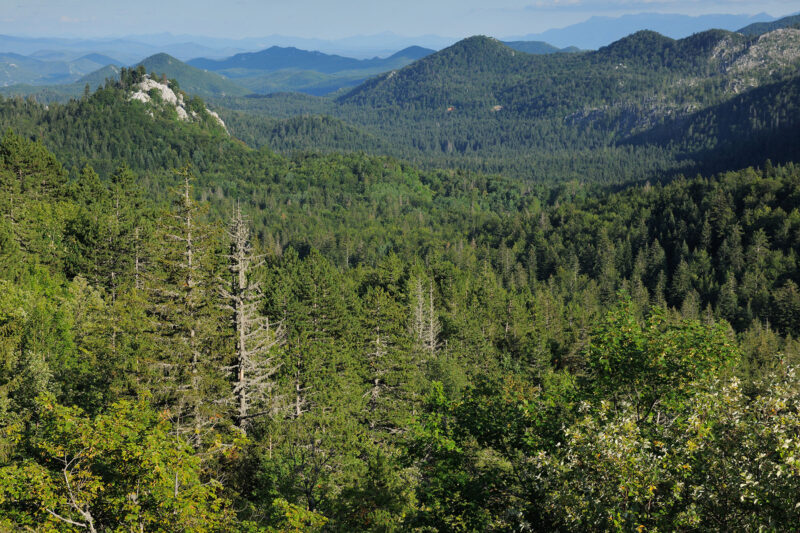
The vital role of wild herbivores
As the report from the Tarutino Steppe shows, the way grasslands are managed plays a key role in their capacity to store carbon. Carbon locked up in grassland soils can easily be lost, for example, if they are ploughed or over-grazed by intensively reared livestock. This can decrease the input of organic matter into the soil and can lead to soil erosion, transforming grasslands from carbon sinks into carbon sources. With livestock now accounting for more than 60% of the world’s mammal biomass — compared to just 4% for wild mammals —the overgrazing of grassland by domesticated animals is increasing in many parts of the world.
Conversely, rewilding offers a way to enhance the health of grasslands and their carbon storage potential by promoting the return of free-roaming wild herbivores, such as European bison, semi-wild horses and donkeys, and wild bovines such as Tauros. At natural densities, such herbivores are essential for grasslands to function properly because they improve soil health and boost biodiversity through their low-intensity grazing and browsing. By moving carbon from less stable aboveground vegetation to more permanent belowground soils through their grazing, dung, and urine, they also promote soil mixing, plant diversity, and the transfer of carbon to deep roots. This helps to maintain soil stability and increases overall carbon storage.
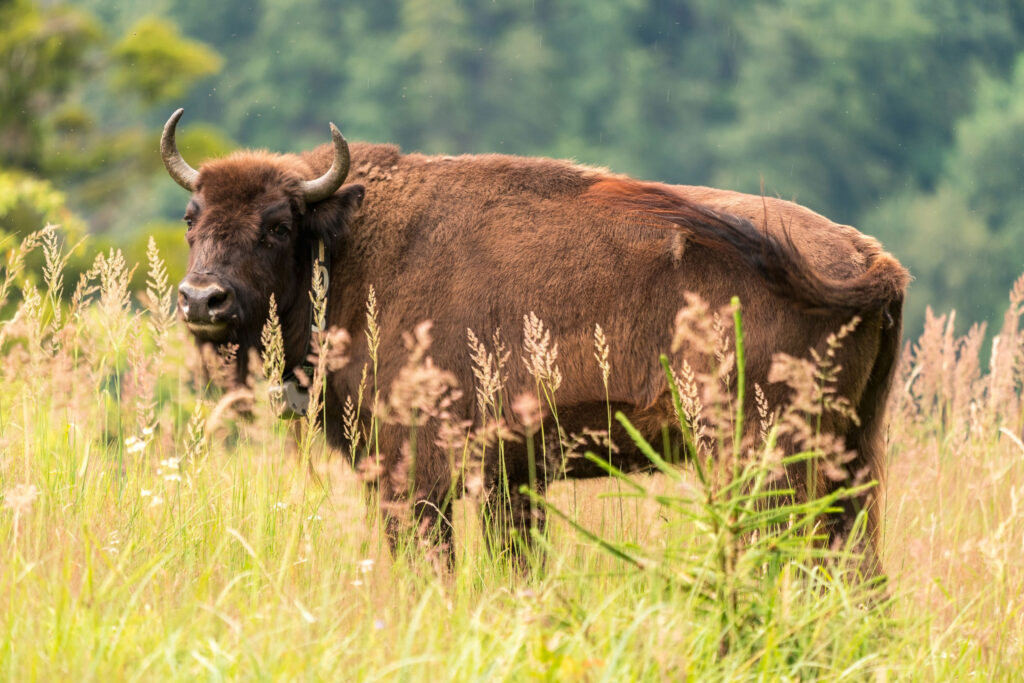
Towards wilder grasslands
In addition to the vital role they play in the global carbon cycle, grasslands are bastions of biodiversity and contribute to the livelihoods of 1 billion people worldwide. Yet they are often overlooked and undervalued, and in some cases are disappearing faster than forests.
While grasslands across the world historically served as an overall carbon sink, studies have shown that the ongoing expansion of livestock grazing means they now release more greenhouse gases (carbon dioxide, methane, and nitrous oxide) than they absorb and store.
We urgently need a new approach to the way grasslands are managed — one which recognises their critical value and establishes targets for their protection and restoration. In Europe and across the world, the rewilding of grasslands — including the reintroduction of free-roaming wild herbivores — is a cost-effective measure that can boost biodiversity, help nature and people thrive together, and enhance the capacity of grassland ecosystems to counter climate change as resilient reservoirs of carbon.
Want to know more?

